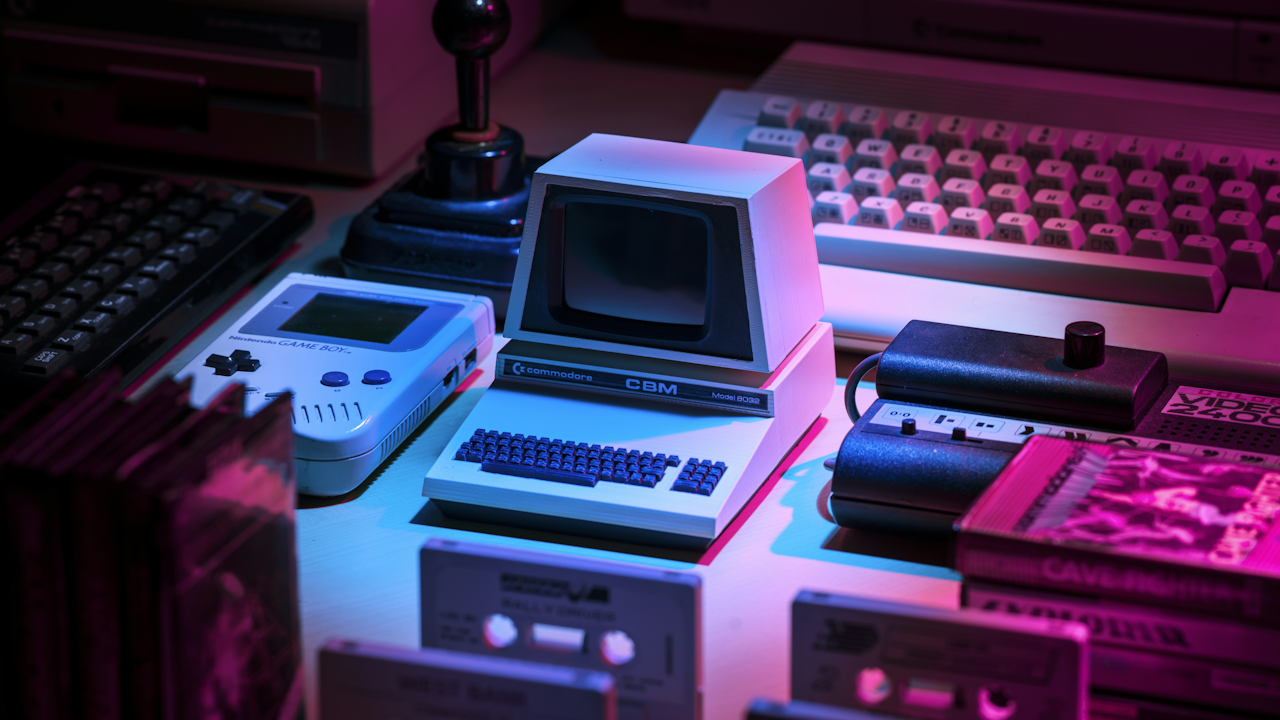Nostalgia for the tangible, the tactile, and the distinctly different has fueled a remarkable subculture: vintage tech collecting. In an era dominated by sleek, disposable smartphones and cloud-based services, a growing community finds immense joy and satisfaction in acquiring, restoring, and using the technological artifacts of a bygone age. This isn’t merely hoarding old electronics; it’s a deep appreciation for the history of innovation, the aesthetics of design, and the tangible link to personal memories.
The allure of vintage tech is multifaceted. For many, it’s a journey back in time to their own formative years. The sound of a dial-up modem connecting to the internet, the satisfying click of a mechanical keyboard, the distinctive whir of a floppy disk drive accessing data these sensory experiences are powerful triggers of nostalgia. Holding a Sony Walkman, a device that once represented ultimate personal freedom and the soundtrack to one’s youth, is a far more emotional experience than simply streaming music on a modern phone. These objects are time capsules, embedded with memories of school projects, late-night gaming sessions, and the thrill of new discoveries.
Beyond personal memories, there’s a profound historical appreciation at play. Vintage tech collectors are, in a sense, archivists. They are preserving the stepping stones of technological progress. Consider the Apple II, a machine that played a pivotal role in the personal computer revolution. Owning and using one allows a collector to understand the fundamental principles of computing from a different perspective. It’s a way of physically engaging with the history of Silicon Valley, seeing firsthand how user interfaces and operating systems evolved from their rudimentary beginnings. The same can be said for early video game consoles like the Atari 2600, which defined the very concept of home gaming and introduced millions to the world of interactive entertainment.
The aesthetics of vintage technology are another major draw. Before the era of mass-produced, standardized black and silver rectangles, electronics were often designed with a sense of personality and bold experimentation. The colorful, translucent plastics of the iMac G3, the rugged, utilitarian design of early IBM ThinkPads, and the futuristic curves of 1970s audio equipment are all testaments to a time when industrial design was a key differentiator. These gadgets were not just tools; they were statements. Collectors are drawn to these unique forms, celebrating a time when function and artistic expression were more closely intertwined.
The collector’s journey often begins with a single item, a sentimental piece from their past. Perhaps it’s a Nintendo 64 found in a parent’s attic or a vintage camera purchased on a whim. This initial spark can quickly grow into a full-fledged passion, leading to a hunt for other iconic devices. The community that surrounds this hobby is vibrant and supportive. Online forums, social media groups, and YouTube channels are filled with enthusiasts sharing their latest finds, offering advice on repairs, and showcasing their meticulously curated collections. This shared passion creates a sense of camaraderie and a collective effort to keep these devices alive.
The act of restoration is a core part of the experience. Many vintage devices require significant work to become functional again. This can involve cleaning years of dust and grime, replacing aging components like capacitors or batteries, and troubleshooting circuit board issues. This hands on process is deeply rewarding. It provides a tangible sense of accomplishment and a deeper understanding of how these machines work. It’s a skill-based hobby that requires patience, a steady hand, and a good dose of problem-solving. Bringing a dead machine back to life is a triumph, transforming it from a forgotten relic into a working piece of history.
This passion for vintage tech is more than just a hobby; it’s a statement against planned obsolescence and the disposable nature of modern consumer culture. By preserving and using these older devices, collectors are making a choice to value longevity, repairability, and the history embedded in their electronics. It’s a tribute to a time when products were built to last, a tangible reminder that progress doesn’t always mean better, and a beautiful way to connect with the past in a truly personal and meaningful way.

